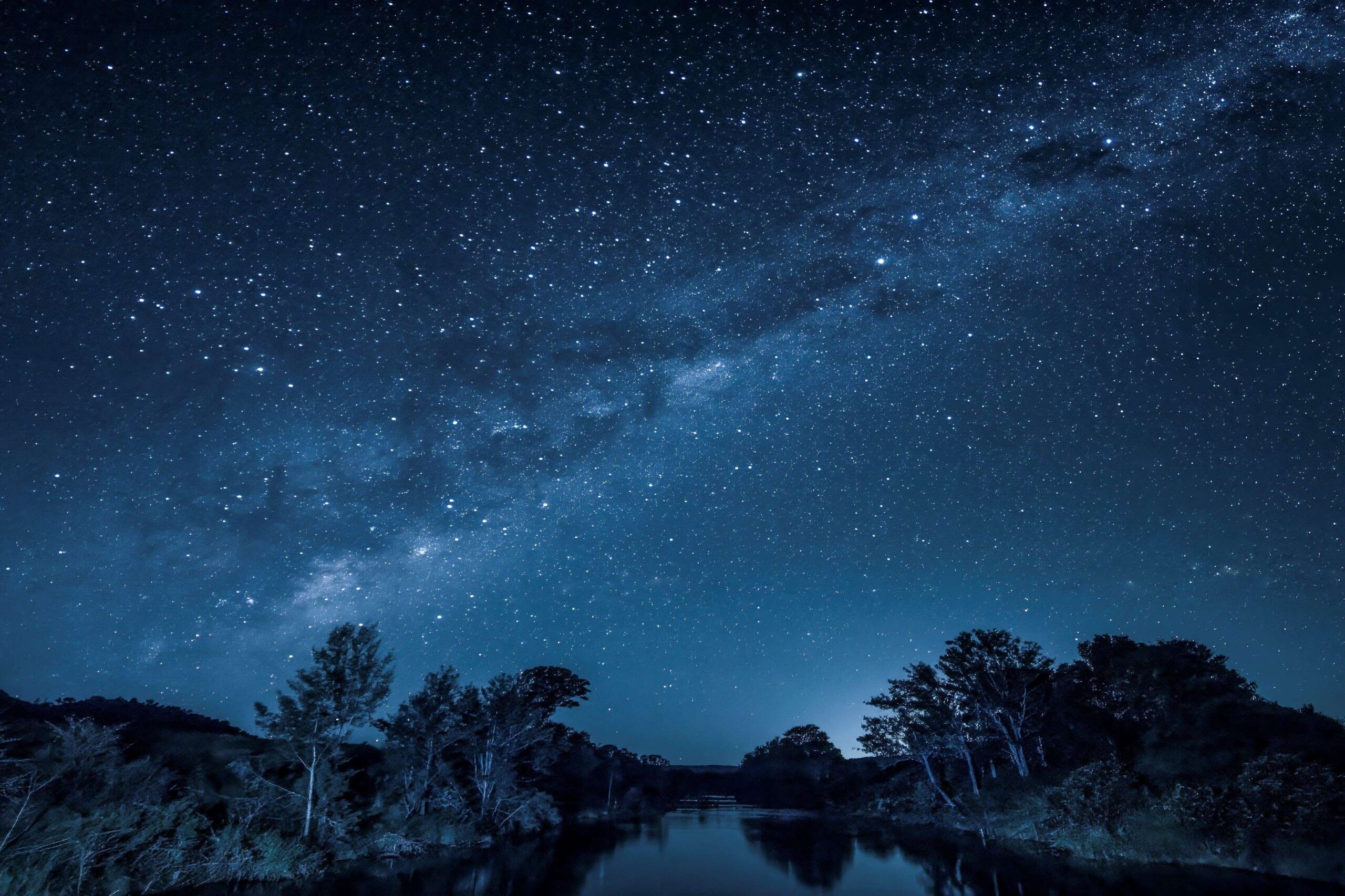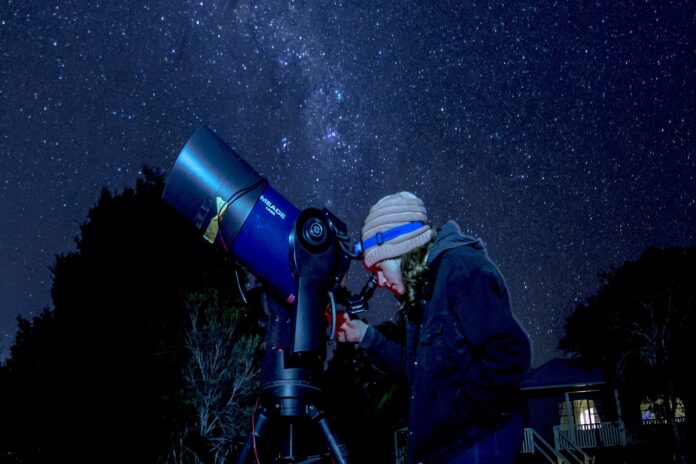Members of the public are being asked to have their say on a draft plan to establish a dark sky reserve encompassing almost 900 square kilometres in the hinterland.
The aim of the plan is to reduce light pollution to make the starry sky more visible at night and to help safeguard wildlife that move and feed at night.
If supported by Sunshine Coast Council and the community, the plan – along with other documentation and community consultation findings – would help form an application to Dark Sky International to establish the reserve.
The dark sky reserve would cover the Mary River catchment and adjoining national parks, as well as the townships of Maleny, Mapleton, Montville, Witta, Flaxton and Conondale.
The International Dark Sky Place Program certifies places around the world to preserve and protect dark sites through responsible lighting polices and public education.
More than 95 per cent of 1200 survey respondents have supported protecting the Sunshine Coast’s dark skies for future generations.

Division 4 councillor Winston Johnston said protecting dark skies was important for community health and wellbeing, wildlife that move and feed at night, helping to reduce carbon emissions and supporting local business.
“Since we announced the proposal, an initial consultation phase in 2024 demonstrated how strongly our community values dark skies and supports their protection,” Cr Johnston said.
“We’ve also continued measuring night sky quality in the proposed reserve area, speaking with key stakeholders, taking lighting inventories and working in partnership to upgrade existing public lighting.
“We’re now taking the next step, with the Draft Lighting Management Plan setting down how we’ll maintain and protect dark skies in the hinterland by managing outdoor lighting.
“This plan shows how council, as well as other stakeholders and our community, can make a real difference in protecting our hinterland’s dark skies.”
Environment and Liveability Portfolio councillor Tim Burns said the council needed the community on board for the dark sky reserve designation to be successful.
“We still need to light public spaces to help our community feel safe, but by following some key principles and choosing the correct type of lights, we can minimise light pollution impacting on our night sky,” he said.
The plan encourages other key stakeholders who manage lighting in the area, including Energex, state bodies and the community, to apply responsible lighting principles.
The Lighting Management Plan, if adopted, means council would have to meet best-practice standards when upgrading lighting in the proposed reserve areas. The plan would also apply to all council-managed lighting improvements in the future.
Community feedback on the Draft Lighting Management Plan is open until July 11.





